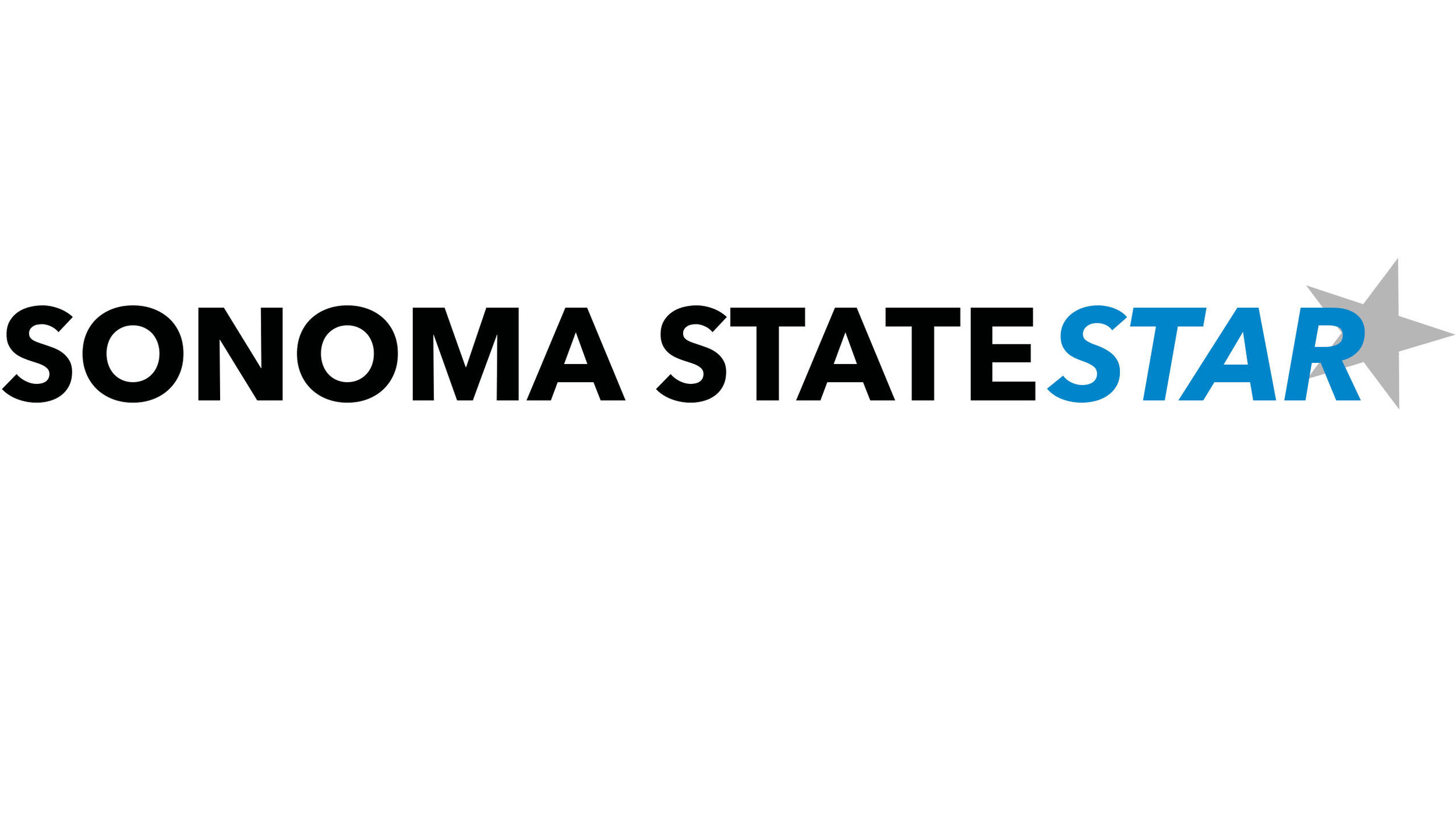Seawolf safety comes first; a call for more protocols
/We are only 66 days into the new year and the United States has already experienced 94 mass shootings. From the get go, more than 50 mass shootings occurred in the month of January. Year in and year out, the number of incidents continuously increases. Every university seems to be holding their breath; will our campus be the next one targeted?
Mass shootings pose a threat now more than ever. Recent news in 2023 includes the Monterey Park shooting in LA that killed 10 people and the Michigan state incident leaving multiple casualties for a college community to mourn. While hearing news reports and simultaneously being a student, it’s nerve-racking to see that most of these tragedies share something in common; the majority occur on school property.
Michigan State and Sonoma State are both public schools, which means anyone has the freedom to walk onto campus. The culprit behind the MSU tragedy had no affiliation to the University; could this have been prevented if the school was closed off to outside guests?
Our school is lacking physical barriers or preventive measures such as metal detectors for academic buildings. On top of that, students do not receive guidance on how to respond to an active shooter/assailant. Although faculty are required to do online training, it seems like they’re leaving their students in the dark on how to react in case of an emergency.
During orientation, at the start of every Seawolves journey, there must be guidance from the school on how to navigate potentially deadly scenarios at this place we now call “our home.” Instead of emphasizing what the Seawolf commitment is, or the motto of our university, SSU needs to show that preventing danger is one of their top priorities.
Last week in Santa Rosa, the neighboring city of Rohnert Park, a stabbing occurred killing one student and severely injuring another. Montgomery High School is just seven miles from the SSU campus. With this horrific incident recently occurring in Sonoma County, this could be a teachable moment to revise, learn, and continue to adopt safety standards so the University can remain a positive environment for everyone.
Growing up in a digitized generation, we have been exposed to countless amounts of media coverage involving mass shootings. Tragedies that have occurred nationwide are being headlined on news networks, front and center on every family’s living room TV. Violence seems unavoidable within modern day media. Hashtags began to trend with messages such as #26angels to commemorate the 26 lives lost at Sandy Hook Elementary or #vegasstrong for the city where 56 music festival goers were brutally murdered. These sensitive topics have not left the newsroom-in fact, they are still on the rise.
Although students are protected by the law and policies such as penal code sections 626.9 where it is illegal to bring a firearm onto campus, it’s essential that our University Police Department (UPD) is also present. UPD aims to protect us at all cost. With our 269 acre campus, they have a three to five minutes response time which is above average compared to various police across the CSU system. Even though they provide a level of protection, fellow Seawolves can still be susceptible to danger.
The Sonoma State STAR had the opportunity to interview University Chief of Police Nadar Oweis. Although he is the new chief in charge, Oweis has 26 years of campus safety under his belt from UC Santa Cruz and UC Davis. In case of an emergency, the police encourage the person in distress to call 911. Nadar emphasized how important it is to call, “Allow [the police] to get involved, even if the scenario may seem benign.”
As a Seawolf within SSU, we believe that accountability is required as a community. It’s up to us to preserve the non-violent culture our university encourages. We need to keep vigilant and always be informed on what is happening at school. In order to remain safe we must depend on each other and continue to live in preparedness not fear.

